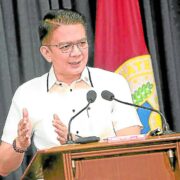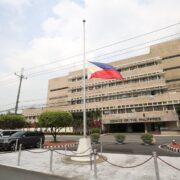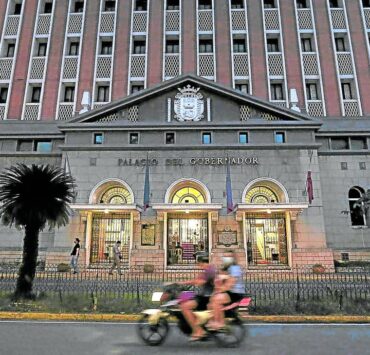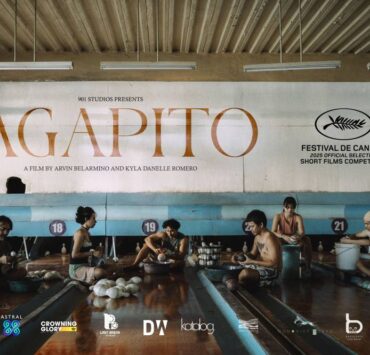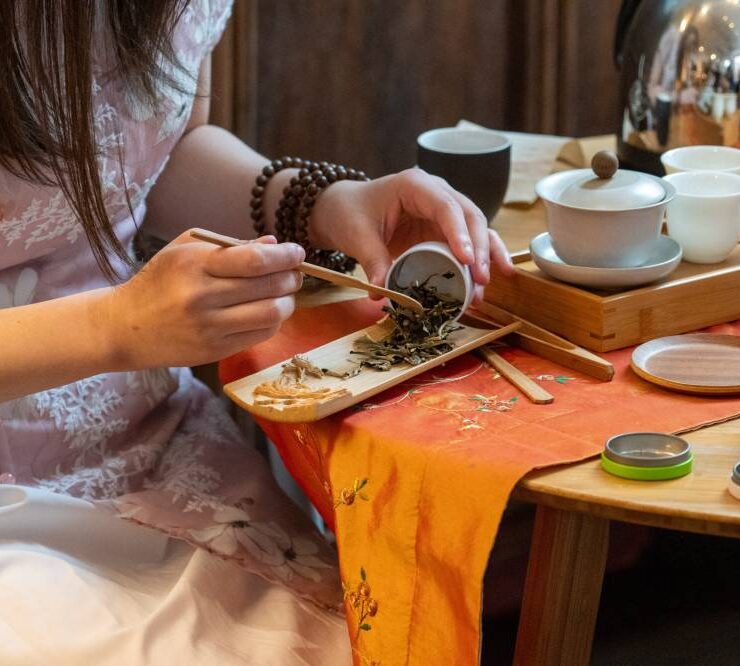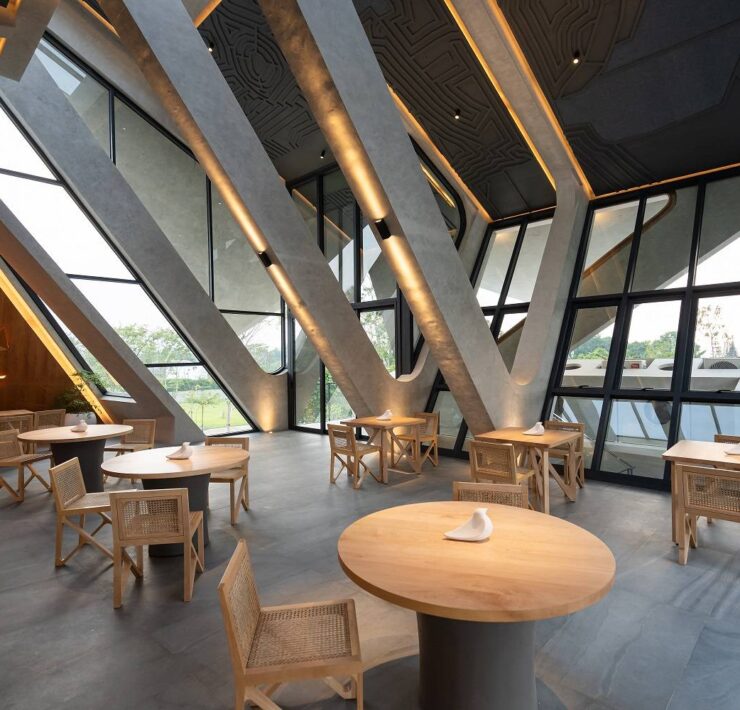New national living treasures hailed
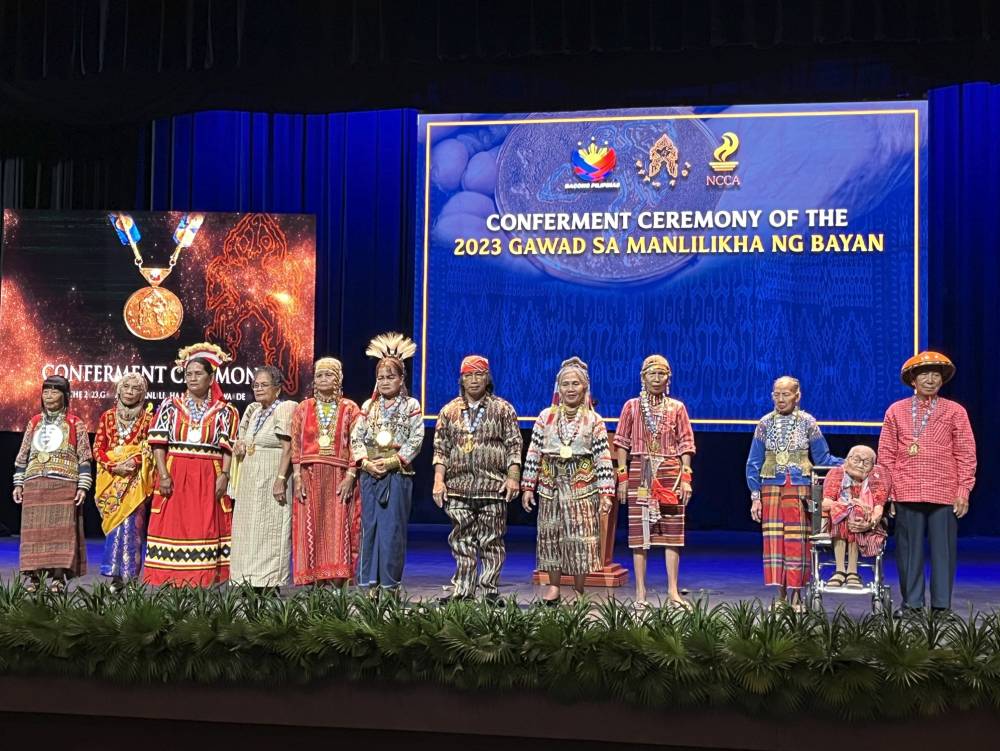
The state, through the National Commission for Culture and the Arts (NCCA), formally conferred nine traditional Filipino artists the title Gawad sa Manlilikha ng Bayan (Gamaba) in a ceremony recently held at the Metropolitan Theater in Manila.
Gamaba was institutionalized in 1992 through Republic Act No. 7355, which recognizes the National Living Treasures, traditional folk artists from their respective fields who are masters of their craft and who transfer their skills to members of their communities.
To date, there are 25 awardees from the different ethnolinguistic groups in the country, with the 2023 edition having the most in one awarding—a total of nine.
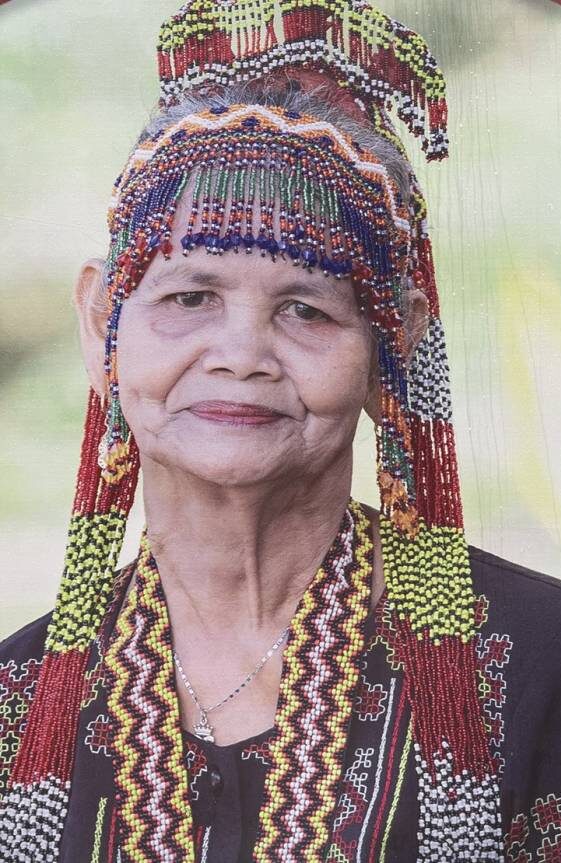
Included in the latest awardees who were formally bestowed the titles Manlilikha ng Bayan are one Ilocano under the category oral traditions, one Ga’dang (beadwork and embroidery), one Higaonon (mat weaving), one Mandaya (textile weaving), one Sama (dance), one Agusan Manobo (embroidery), and three T’boli (textile weaving, brass casting, chanting).
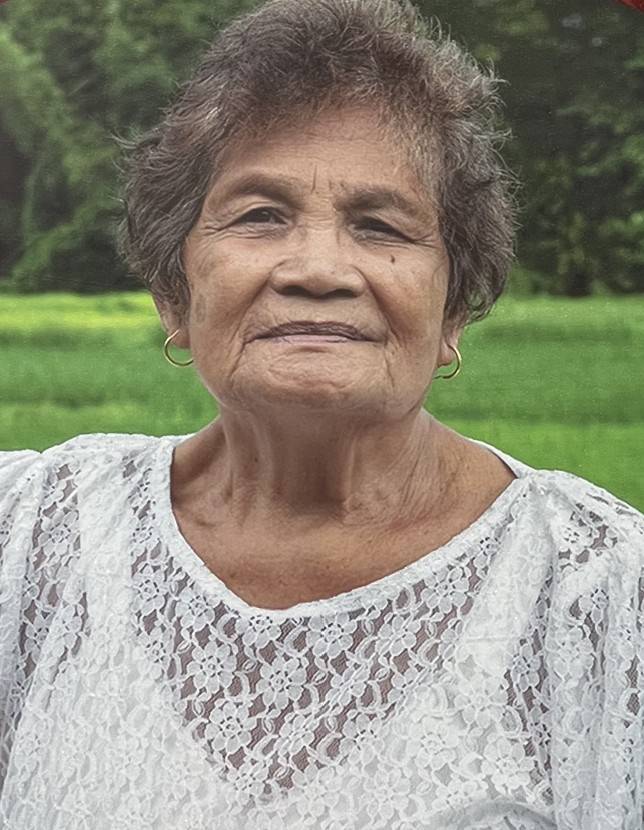
These are chanter and poet Adelita Bagcal of Banna, Ilocos Norte; embroiderer Amparo Mabanag of Paracelis, Mountain Province; mat weaver Marife Ganahon of Malaybalay, Bukidnon; textile weaver, Samporonia Madanlo of Caraga, Davao Oriental; embroiderer Abina Coguit of La Paz, Agusan del Sur; and dancer Sakinur-ain Delasas of Simunul and Bongao, Tawi-Tawi.
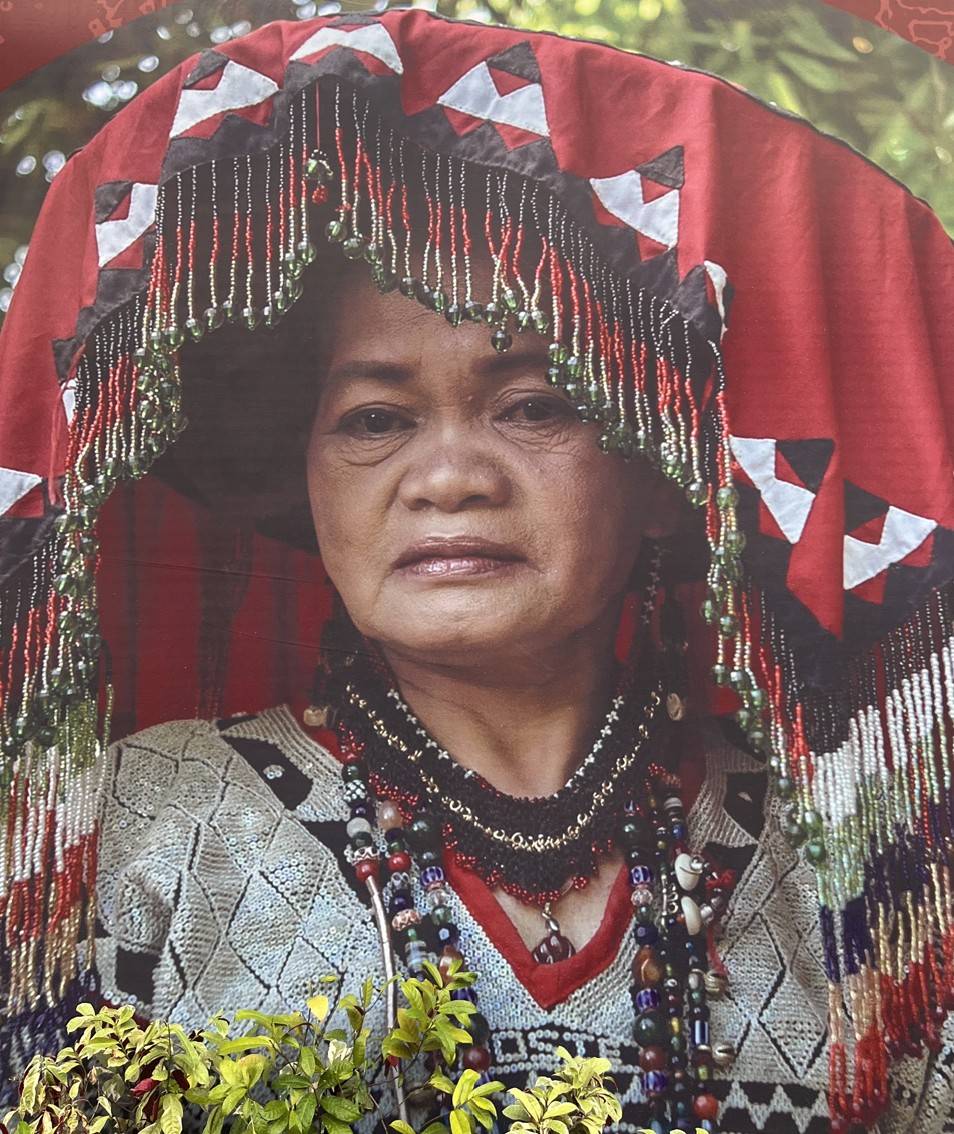
The new T’boli Manlilikha ng Bayan are chanter Rosie Sula, textile weaver Barbara Ofong, and brass caster Bundos Fara, all from Lake Sebu, South Cotabato.
According to the NCCA, Bagcal is the only remaining expert of the Ilocano oral tradition called dallot, which centers on courtship and marriage.
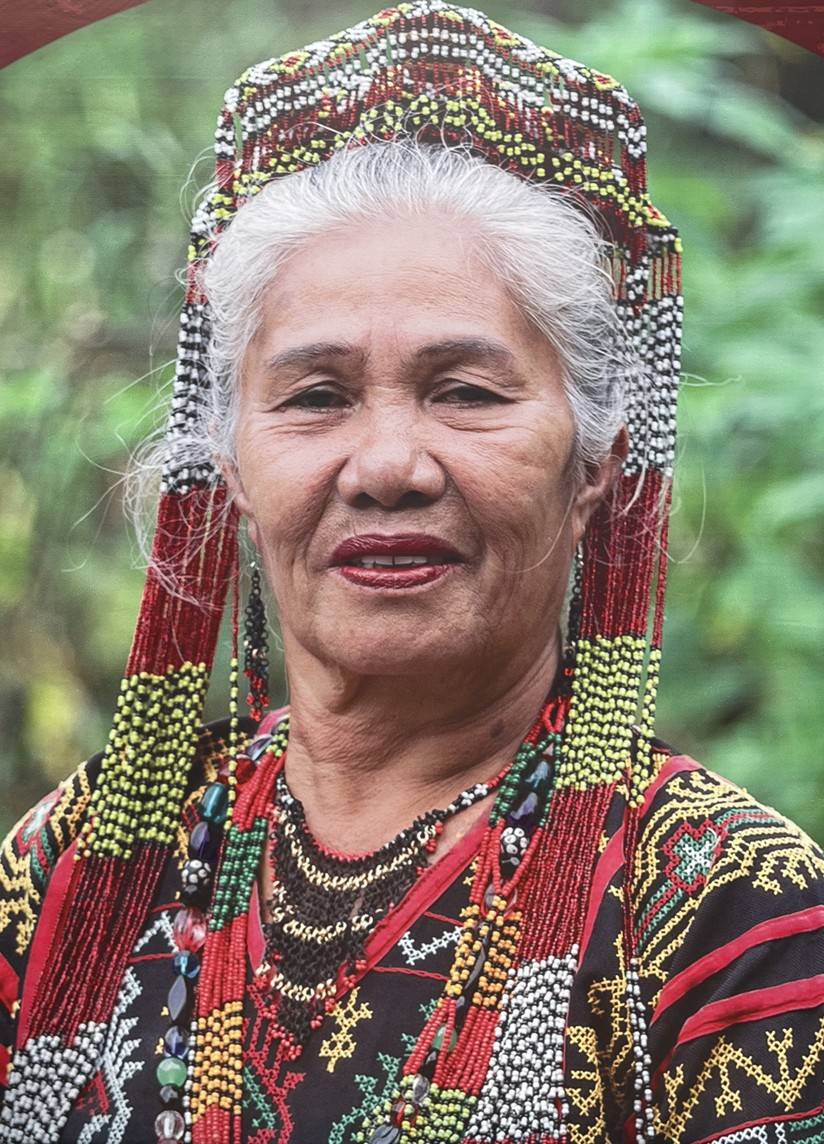
Stated the NCCA, “Adelita’s efforts have ensured its survival and brought attention to the importance of preserving the rich heritage of Ilocano oral traditions. Her dedication and expertise have not only elevated her own status as a prominent figure in this realm, but also established her as a driving force in safeguarding and promoting the wider scope of Ilocano oral traditions.”

Unmatched excellence
The NCCA describes weaver and beadwork maker Mabanag as meticulous, expert, and precise, with her garments marked by “unmatched excellence.”
“Through her artistry and unwavering commitment, she guarantees the perpetual prosperity of the Ga’dang legacy, surpassing the boundaries of time and leaving an indelible mark on future generations,” the NCCA said.
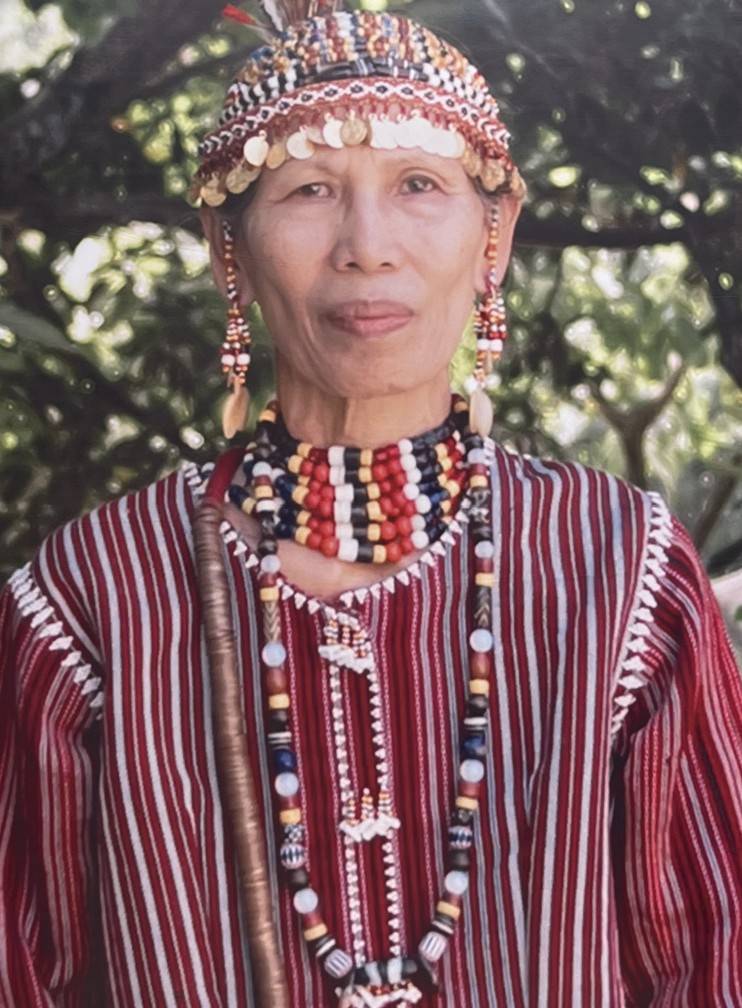
Ganahon, meanwhile, is “determined and meticulous” in her practice of ikam weaving.
“Marife’s mats serve as symbolic representations of profound memory, bridging and paying tribute to numerous generations of manglalala (weavers),” the NCCA shared.
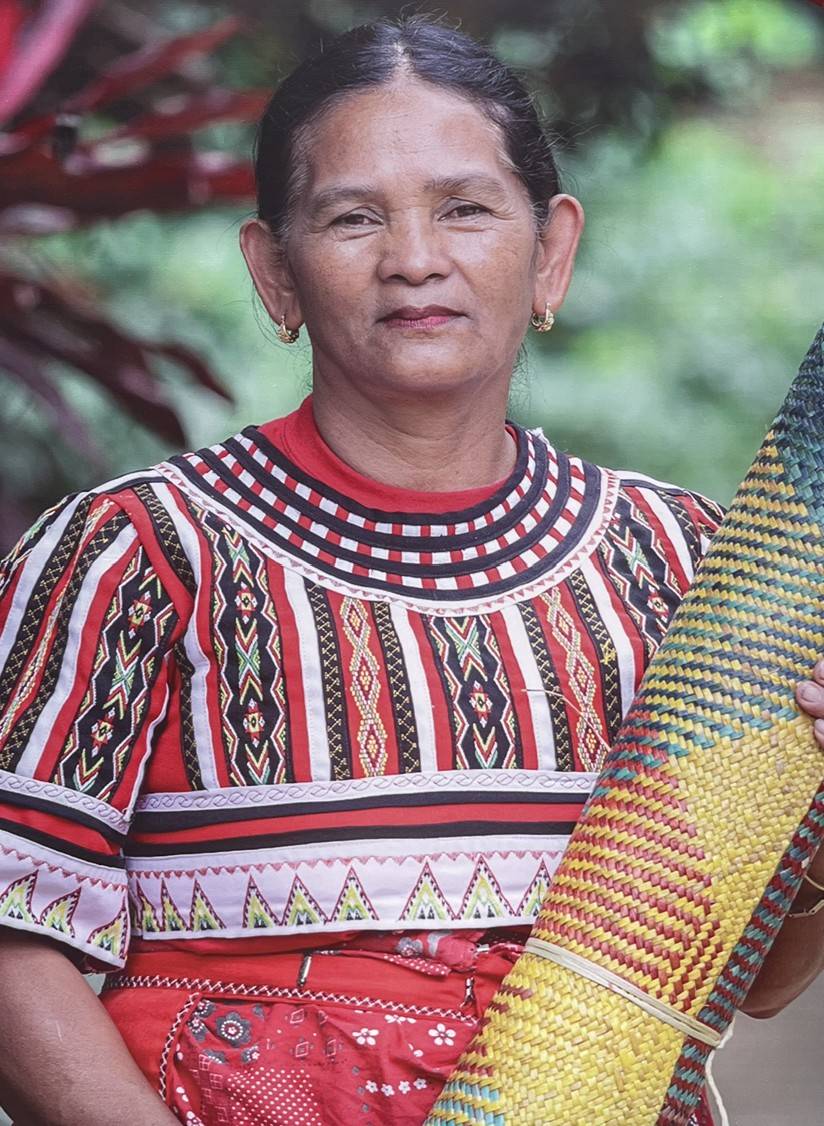
Madanlo, a Mandaya master of textile weaving utilizing abaca, is “renowned for her exceptional skills” and “unparalleled expertise.”
The NCCA noted that Madanlo’s creations “have been recognized for their remarkable quality, often compared to the works of past master weavers.”
Embroiderer Coguit is “a cornerstone of the community’s soul” and “stands as an emblem of tradition and identity having inspired countless traditional artists.”
Meanwhile, Delasas, an expert in the Sama dance igal, continues to share her expertise by teaching members of her community.
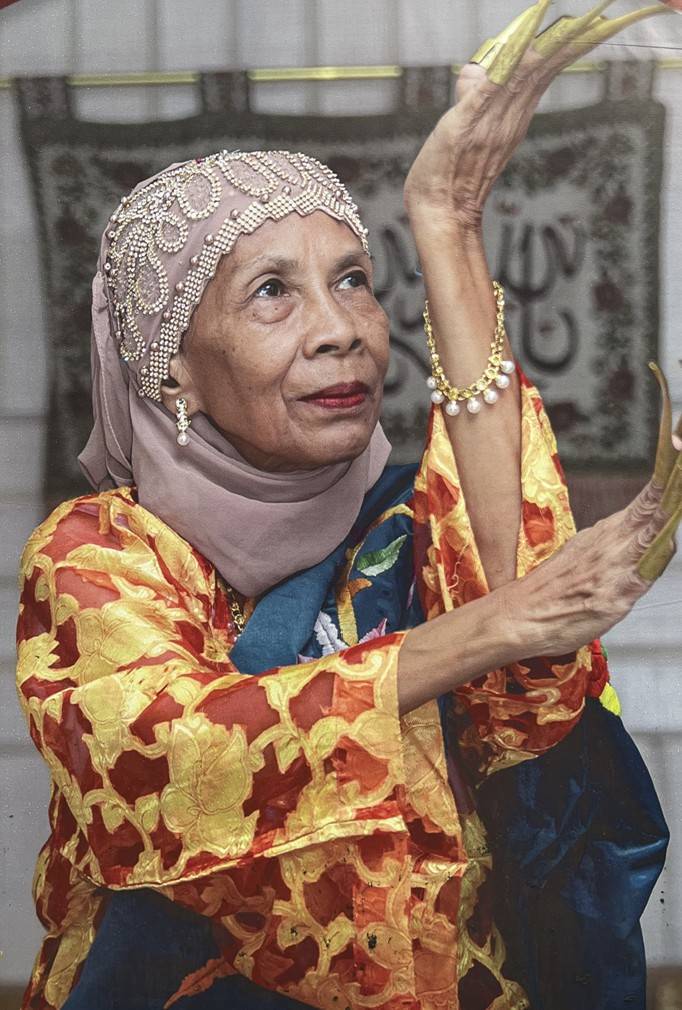
With more than half a century of experience as a t’nalak dreamweaver, Ofong is exceptional in artistry and knowledge of her craft. She has more than 90 patterns to her name.
The NCCA noted that “she has artistically expressed T’boli cosmology, human relationships, and reverence to natural surroundings through more than 90 patterns in her weaving, while incorporating the use of dyes derived from nature.”
The works of her fellow T’boli Fara are precious for the high level of artistry he employs.
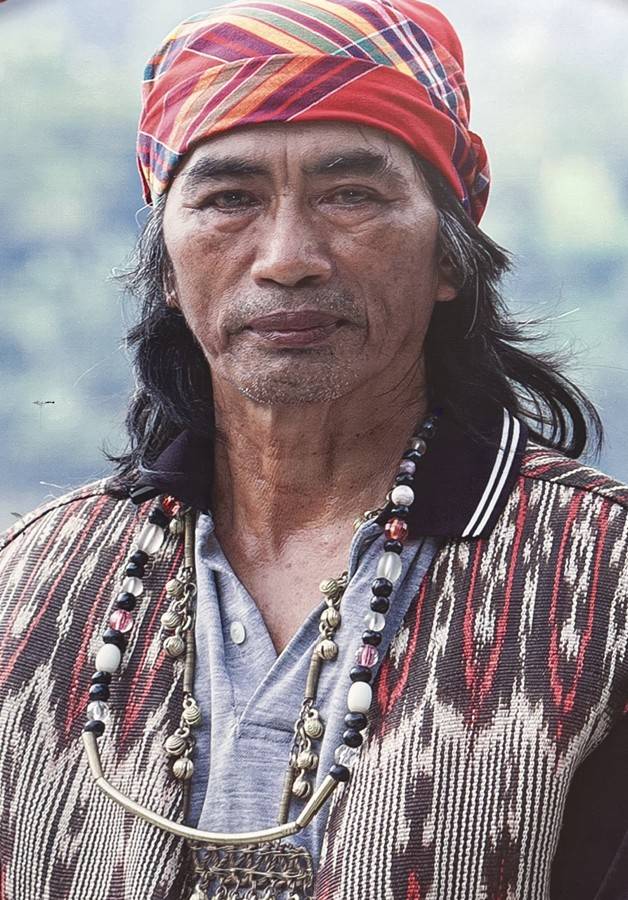
According to NCCA, “His community recognizes him for his ability to create both traditional designs and innovative masterworks.”
Another T’boli, Sula, is a master chanter who has gained respect both from the members of the academe and her community for her skillful chanting, notably the T’boli epic “Tudbulul.”
Devoted stewards
During his speech at the ceremony, President Ferdinand Marcos Jr. said that the awardees are “living embodiments of our nation’s heritage and pillars of our cultural identity.
“They are carriers of tradition, oral tradition, artisans of age-old crafts, guardians of indigenous knowledge,” he said, adding that “they have withstood the test of time with purpose, providing that culture, when deeply rooted and consciously preserved, can never be erased.”
He hailed the awardees’ unparalleled contribution to the Filipino identity with their lives dedicated to the advancement of the nation’s cultural spirit. “As the world adapts to the pace of modern times, where fleeting trends often eclipse the wisdom of the past, the Philippines stands proud as a haven of timeless traditions, preserved, kept alive, by the devoted stewards or our cultural bearers,” the President said.
NCCA executive director Eric Zerrudo described the awardees not only as inheritors of indigenous knowledge but teachers, guides, and defenders of the traditional culture.

He said in Filipino, “In their tireless act of teaching and transfer of skills, they give life to the collective memory of their ancestors and deepen our understanding of being Filipino … In a world where changes are fast and the indigenous practices are slowly disappearing, their art, skills, and knowledge serve as light and guide for our roots to remain alive and thriving.”
Delasas delivered a speech on behalf of all of the awardees and said that Filipinos should understand and give importance not only to the nine new awardees, but to all traditional artists.
The ceremony was attended by tourism secretary Christina Frasco, National Museum director general Jeremy Barns, National Library head Cesar Adriano, and Manila Mayor Honey Lacuna.
Among the rewards and benefits accorded to a Gamaba awardee is a gold-plated medallion minted by the Bangko Sentral ng Pilipinas, a P200,000 grant upon conferment, and a lifetime monthly stipend of P50,000.









